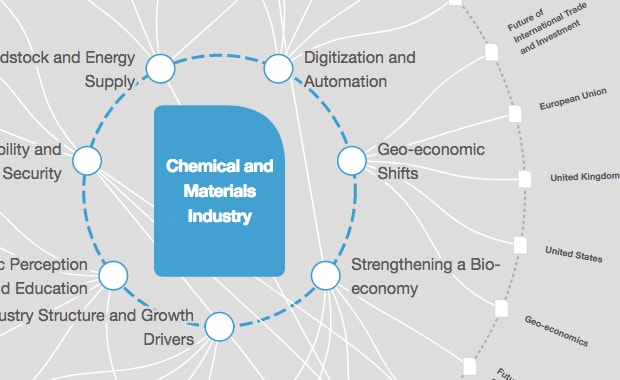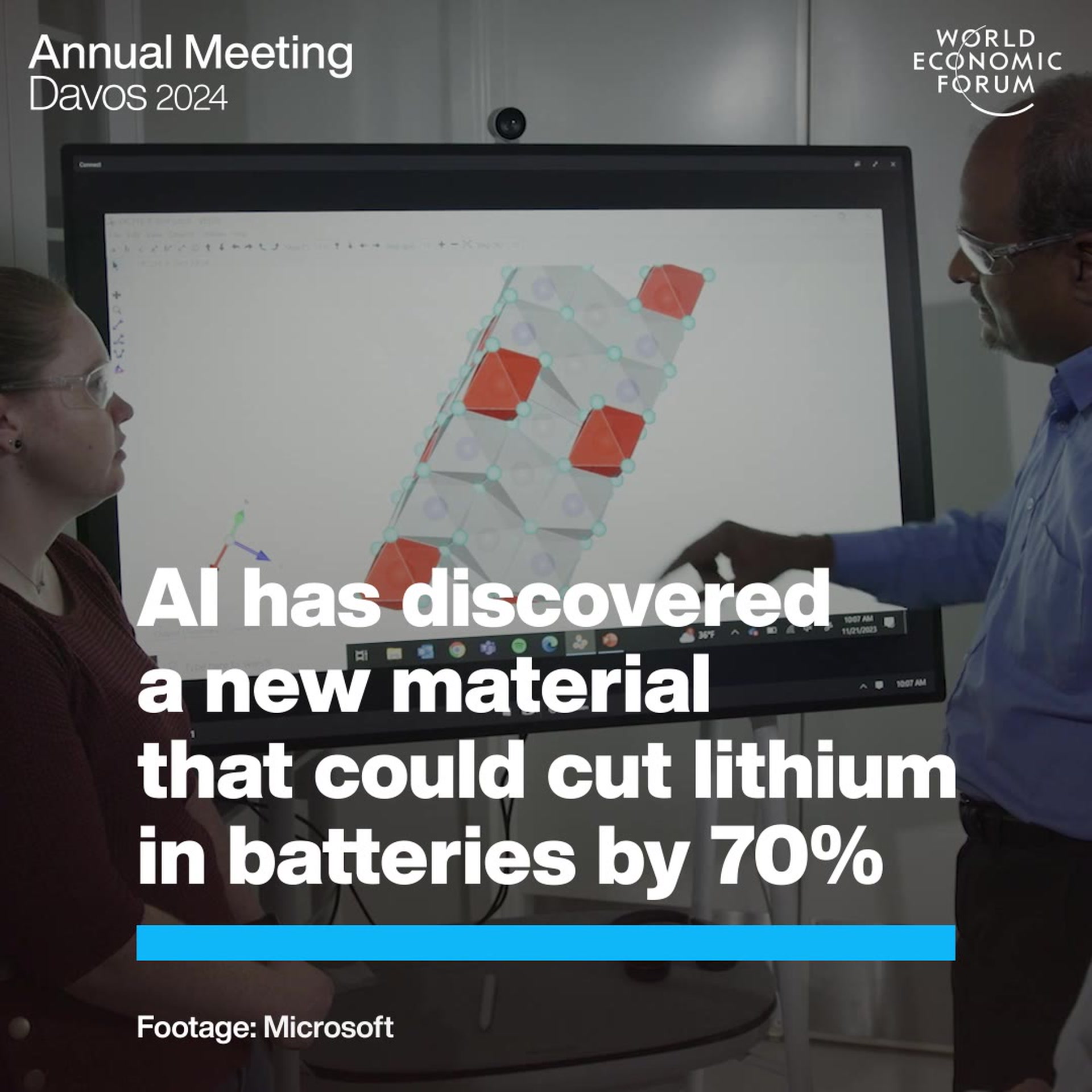Why this tiny nut could be the future of fuel

Croton nuts could become a new biofuel, giving farmers in Kenya another source of income. Image: REUTERS/Desmond Boylan

Get involved with our crowdsourced digital platform to deliver impact at scale
Stay up to date:
Chemical and Advanced Materials
Small-holder farmers in Kenya have the capacity and desire to play a major role in the scale-up of biofuel production from agroforestry, according to new research.
Croton trees—which seem to grow everywhere in Kenya—and the oilseeds they produce have the potential to improve rural livelihoods, says forest economist Michael Jacobson, professor of forest resources in the Penn State College of Agricultural Sciences.
Through the production of oil for energy and co-products, such as animal feed and organic fertilizer, croton represents an opportunity many poor farmers are eager to take.

That is the conclusion Jacobson reached after surveying hundreds of Kenyan farmers and meeting with them in villages across four counties in the central region of the country. The objective was to assess household preferences for planting and cultivating croton trees for collection and selling of nuts to a growing market. Researchers gathered and analyzed demographic data on income, household size, age, other occupations, and village from farmers to determine if those factors influence their preferences.
Farmers were presented with production scenarios and asked to make choices depending on seedling cost, oilseed yield, tree-maturation period, labor needed for seed collection and seed selling price. Results show that almost all households have croton trees on their land and are willing to produce croton nuts. More importantly, Jacobson notes, most would be willing to plant more croton trees.
“Many small farmers, although land constrained, have access to land to plant groves of croton trees if they become sold on the idea,” he says. “If they knew that there was going to be a dedicated market for croton, they would certainly add trees to their farm household lands.”
Seed price is the most dominant concern cutting across all socio-demographic characteristics, Jacobson points out. “Time and labor constraints were significant for some households,” he says. “Farmers are more averse to longer tree-maturation periods than non-farmers, while those already collecting seeds for the nascent croton industry are less concerned about the opportunity costs of time and labor than non-collectors.”
The research stems from the World Agroforestry Centre’s examination of the sustainability of the infant croton-tree value chain in Kenya with the intent to support its up-scaling. Initial studies indicated the business holds significant potential for generating additional income and improving local livelihoods, without jeopardizing the environment.
The international organization invited Jacobson to assess whether small farmers could play a significant role in the scale-up of the business.
“To ensure economic sustainability in the long term and scale-up the value chain, a consistent, reliable, and economical supply of seeds must be secured to support large bio-refineries,” Jacobson says.
“Croton offers a significant opportunity in East Africa—it can play an important role in providing income opportunities and meet the needs of poor farmers, maybe even lifting them out of poverty. I am not saying that croton production and biofuel will save Africa, but I know others have.”
Findings of the research, which appear in Forest Policy and Economics, provide guidance for the development of a croton value chain that Jacobson believes biofuels entrepreneurs will use in their business plans.
“If I were an entrepreneur in East Africa and I wanted to start a croton business, I would use this information to determine where best to locate and how to provide incentives for production,” he says. “The statistical analysis we performed is likely to lead to further development of the croton biofuels industry in Kenya. It gives credence to the opportunity and provides critical information to entrepreneurs to better understand farmer characteristics.”
Falling prices of diesel fuel have hampered development of the croton biofuel industry. One company that has been trying to develop the market and produce croton biofuel, Eco Fuels Kenya, is struggling to find support. Jacobson has worked with that company’s management to help them understand ecological conditions that affect the planting of croton and the profit potential for byproducts.
Additional researchers from Penn State; the University of Leuven, Belgium; and World Agroforestry Centre, Kenya contributed to the work.
The World Agroforestry Centre and the International Fund for Agricultural Development, through the Program for the Development of Alternative Biofuel Crops, supported this work.
Don't miss any update on this topic
Create a free account and access your personalized content collection with our latest publications and analyses.
License and Republishing
World Economic Forum articles may be republished in accordance with the Creative Commons Attribution-NonCommercial-NoDerivatives 4.0 International Public License, and in accordance with our Terms of Use.
The views expressed in this article are those of the author alone and not the World Economic Forum.
The Agenda Weekly
A weekly update of the most important issues driving the global agenda
You can unsubscribe at any time using the link in our emails. For more details, review our privacy policy.
More on Chemical and Advanced MaterialsSee all
Kate Whiting and Simon Torkington
February 22, 2024
Adam Rothman, Charlie Tan and Jorgen Sandstrom
January 30, 2024
Jemilah Mahmood, Douglas McCauley and Mauricio Cárdenas
January 15, 2024
Ronald Haddock
January 4, 2024
Lee Jongku and Rafael Cayuela
January 4, 2024






